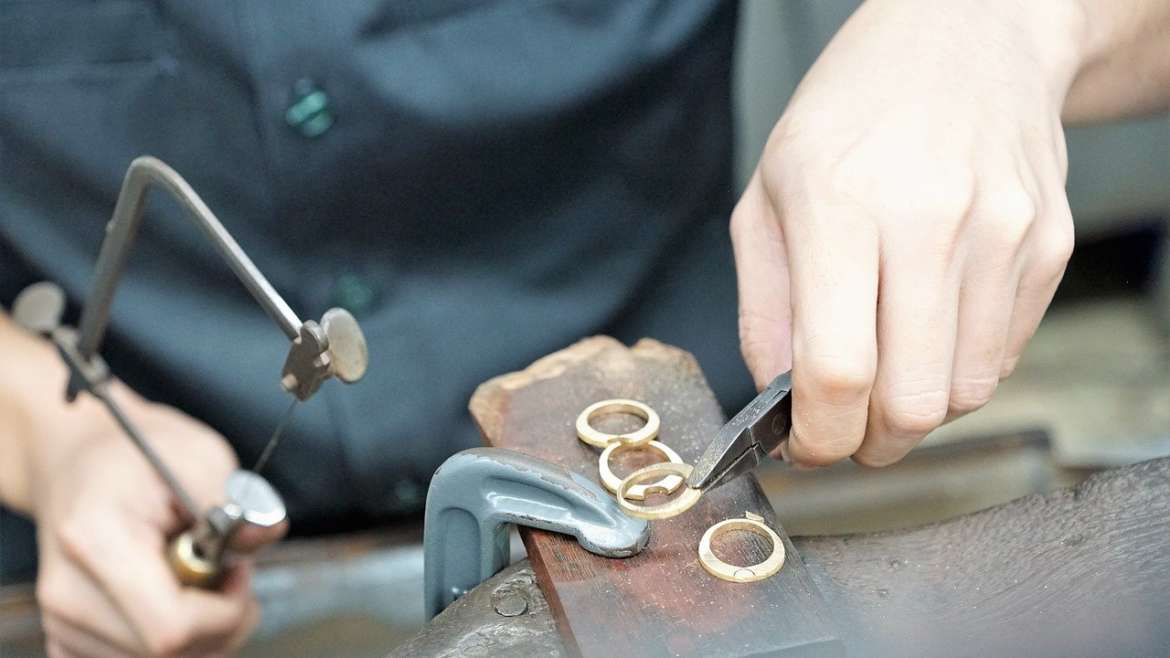Your fine jewelry can see some wear and tear over time. Hence, it would be best if you got it checked by your seller frequently. For most fine jewelry, an annual check from your jeweler is enough.
They will know when your jewelry needs cleaning, polishing, or whether something needs repairing. Most jewelry repair involves ring/bracelet sizing, chain/prong repair, or a loose gemstone. Either way, if you need your jewelry repaired, you should understand the basics.
Today, we will discuss some jewelry repair basics to guide the jewelry repair process. It will allow you to know what to expect and get the best possible service.
Jewelry Repair Basics
It all starts with a skilled jeweler you have confidence in. Your fine jewelry is precious, and you only want the most experienced professionals handling it, especially if your jewelry repairs require some level of transformation.
If you don’t have a jeweler, it is always recommended to go for trusted jewelers in your area. For fine jewelry owners in Wellington, Florida, this means acquiring the repair services of skilled, trusted professionals like those at Designer’s Touch Jewelry.
One of the reasons they are so good is because they offer custom jewelry design. Most jewelers who offer custom jewelry work have skilled jewelers and trained craftsmen who understand the artistry and have comprehensive knowledge of the technical aspects of jewelry making.
Before Repairs
Once you have a skilled and trusted jeweler, you can consider jewelry repairs. It is best to have a sense of the value of your jewelry before you take your piece to the shop. This makes the jeweler’s insurance process simpler and saves time.
After evaluating your piece, most jewelers will give you a quote for repairs and ask for your permission before repairs.
Common Issues to Look For
Consistent color, appearance, and luster of the repaired part or area is aa sign of good jewelry repair work. It should seem as though the piece was never damaged, and the repairs should blend in perfectly with the rest of the fine jewelry.
To ensure consistency, check for common issues like:
- Hammer or tool marks
- Visible seams from cutting and soldering
- Visible repair-marks
- Improper fitting of stones or out of place stones
If any of these problems exist, you should point them out to our jeweler. Look for a better jeweler if the problem persists.
Ring Resizing
Rings becoming loose or tight is a common jewelry repair issue, and there are a few ways jewelers may handle this.
-
Cutting & Soldering
The jeweler will make a cut and either add or remove metal to resize the ring. Unless there is an inscription or quality mark there, sizing should always be done at the center of the shank bottom. The work should be seamless and consistent with the rest of the ring.
-
Sizing Beads
The jeweler may place sizing beads on the inside of the ring, near the bottom of the shank, to accommodate minor size discrepancies for up to half a finger size or less.
-
Spring Inserts
The jeweler may place spring inserts inside the shank to adjust around 1 to 2 finger sizes.
Chain Repairs
Sadly, no repaired chain is ever as strong as it was before the damage. Flat chain repairs are barely discernible. However, very small, lightweight, or severely damaged chains often experience stiffness in the links surrounding the repaired area.
Some complex link chains like herringbone, cable, and rope chains are tricky to repair, and your jeweler may charge you extra for their repairs.
Prong Repairs
Frequent use of rings leads to natural wear and tear. The prongs can weaken, and there is a higher chance of losing your precious gemstones. Even everyday basic things like gardening or fabric can affect prong strength.
Depending on the prong damage or the extent of prong wear, you may need to get them replaced. Sometimes re-tipping by adding metal or replacing the prong head can also be helpful. Your jeweler will advise you on what the best course of action is.
After repairs, the prongs’ shape, size, and dimension should match and have consistency. Most importantly, they must go over the crown of the gemstone to ensure that the prongs don’t rip fabric or clothing.
Conclusion
Your fine jewelry is precious to you, and it should be precious to your jeweler as well. They should treat it with utmost care and give you the best results in repair work. Knowing and understanding the mentioned jewelry repair basics will help guide you through the process and ensure that you get the best results.
For the most part, if you have a good jeweler, things like repairs, cleanings, polishing, and appraisals all become easy and worry-free. For this reason, we highly recommend Designer’s Touch Jewelry in Wellington, Florida.
If you want to learn more about jewelry repair basics or the best jewelers and craftsmanship in Wellington, Florida, please visit our website today.

